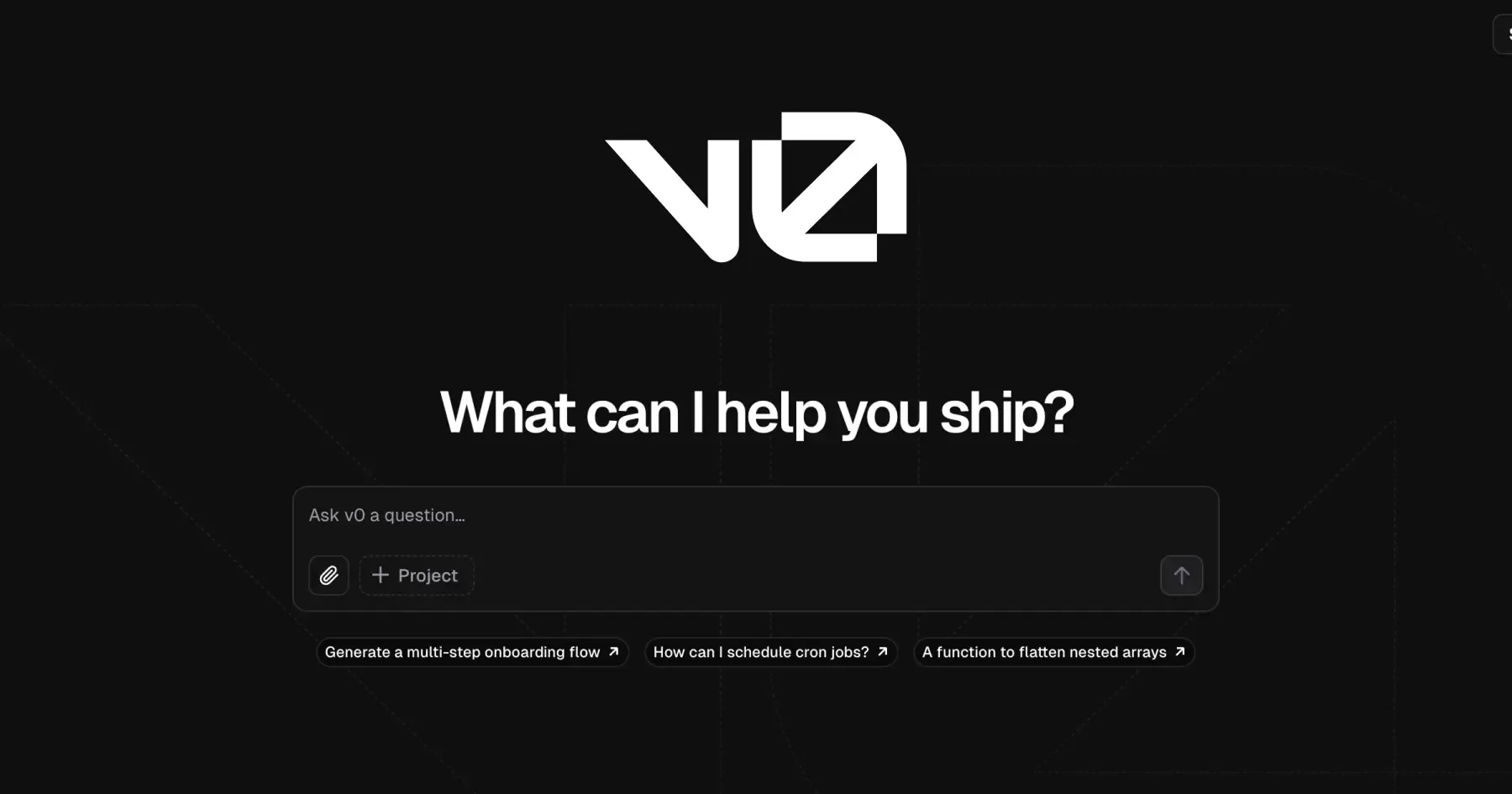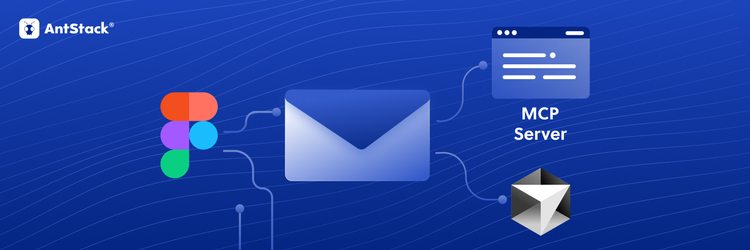How to Use Figma MCP Server + Cursor for Pixel-Perfect Email Templates
You’ve probably seen it, roadmaps stacked with AI. “AI-powered insights,” “AI chatbot MVP,” “automated decisioning”, you name it. The pressure’s on. Customers are asking. Executives are watching. Competitors? Already tweeting their AI beta releases.
But here’s a thought worth pausing on: Is this feature solving a real problem, or are we just throwing AI at the wall to see what sticks?
Too often, users find themselves stuck in loops with AI chatbots, fed vague, random answers that never get to the root of their issue. The kind of loop a human assistant could break in minutes with real understanding.
Let’s talk honestly about what it really takes to build AI features that stick, not the ones that get a press release, but the ones users actually use.
Why So Many AI Features Flop (Quietly)
Let’s not sugarcoat it, a lot of AI features don’t make it past version. They launch with fanfare... and vanish six months later. Sometimes it’s because the tech wasn’t ready. Other times, the data was a mess. But more often than not, it’s because no one paused to consider whether AI had a real purpose there to begin with.
Here’s what derails even the most well-intentioned AI projects:
No clear user pain – Too often, AI gets tossed in as a shiny add-on rather than a real solution. It’s more about flexing innovation than fixing a real problem. And when the novelty fades, as it always does, users are left wondering what the point was.
Flawed data and inflated expectations – Bad data breaks good models. Whether it’s incomplete, inconsistent, or biased, the results are only as solid as what you feed in. Add to that the hype around AI being some kind of magic, and it’s a recipe for disappointment. AI’s powerful, sure, but it’s not a shortcut to brilliance.
Siloed execution and no long-term plan – Great AI needs cross-functional teamwork. When product, design, and data science aren’t aligned, things fall through the cracks. And even if version one ships, without a plan to monitor, retrain, and improve the model, it quietly rots in production.
Underestimating complexity and ignoring ethics – AI isn’t plug-and-play. It’s layered, iterative, and demands ongoing effort. And when ethical considerations are sidelined, it’s not just the model that suffers, user trust does too.
IBM Watson for Oncology? Trained on synthetic data, not real cases.
Amazon’s hiring AI? Penalized women.
Air Canada’s chatbot? Made up refund policies.
The lesson? Even the big names get it wrong when the foundation is shaky.
So... When Does AI Make Sense?
Let’s reset. AI isn’t the enemy. It’s just not a shortcut. The best teams treat it like any product decision, with strategy, skepticism, and a sharp eye on value.
Here’s a checklist that keeps things honest:
Are we solving real, recurring user pain? If the answer is “sort of” or “well, it might help…”, pause. You’re not there yet.
Would a human do this better? Some tasks are rare, emotional, or too nuanced. AI may not improve them. But if scale, speed, or precision help? That’s AI’s lane.
Do we even have the right data? You don’t need big data, you need good data. Relevant. Structured. Representative.
Is our scope tight enough? Broad AI assistants sound flashy but rarely deliver. Niche AI that does one thing incredibly well? That’s the sweet spot.
Are all teams on board? This is huge. AI shouldn’t be a backroom project. Product, design, data, and engineering have to move together.
Can we maintain this thing? AI is never one-and-done. You’ll need monitoring, retraining, human-in-the-loop review. It’s more like gardening than coding.
Are we building with ethics in mind? Privacy, fairness, explainability, this isn’t extra credit. It’s core product work now.
Where AI Actually Works
Let’s move from “why it fails” to “where it flies.” Because yes, when AI is done right, it’s not just useful. It’s quietly brilliant.
📝 Helping Users Skip the Blank Page
- Bumble’s Icebreakers
Auto-suggested openers based on bios boosted conversation rates by 37%.

- Notion AI
Turns messy meeting notes into clean summaries, or even first-draft docs. A polite, helpful coworker, just without the watercooler talk.

- Figma AI
It’s not bolted on, it’s baked in. You can:
Generate placeholder copy with natural tone
Instantly translate UI strings
Rewrite labels or headlines
Auto-fill mockups with smart content
Prompt it with: “Add a pricing section with three columns and a call to action.”
Figma lays down the layout, no component hunt, no creative stall.

🖼️ Giving Non-Designers a Design Edge
- Canva Magic Design
Type “bold podcast cover” or “elegant invite” and get ready-to-edit templates in seconds.

- Adobe Firefly Describe the scene, style, or lighting. Get visuals you can drop straight into production.
🔍 Making Messy Info Digestible
- Gmail summaries
Long thread? Gmail gives you the “tl;dr” right at the top.
📊 Letting PMs Ask Questions Like Humans
- Mixpanel Spark AI
Ask: “Where are users dropping off in onboarding?” and it shows actual funnel data.

🧠 Teaching Tools That Adapt to You
- Khanmigo (Khan Academy)
Adjusts tone, pacing, and explanations based on how students answer.

- Final Round AI
Tailors interview prep based on your resume and target company.

📍 Planning Smarter, Not Harder
Spotify Discover Weekly
Doesn’t just recommend songs. It understands listening moods over time.Duolingo’s AI
Adjusts lesson difficulty based on how engaged you are.Kayak AI Planner
Prompt it with “3-day hiking trip, under $1,000, pet-friendly” and get flights, hotels, and trails, curated, not generic.

⚡️ Tools Devs Actually Like
GitHub Copilot
Autocompletes code, writes tests, even explains what it just did.Vercel AI (v0)
Turn prompts into live UI components. With their SDK, building generative interfaces is almost frictionless.

What We're Building at AntStack
At AntStack, we’re using AI in a deceptively simple space: feedback.
Here’s the situation, users often have clear thoughts, but translating that into structured feedback can be hard. Some write freely, but stumble when it comes to assigning a score. Others want to say more, but aren’t sure how to frame it.
So we built an AI feature into our feedback app that does something small but powerful: it reads the user's input and helps, by suggesting a score and offering rewritten feedback based on what the user wants to say.
The user stays in control, edit the wording, keep your voice, tweak the score. The AI looks at sentiment, tone, and intent, not just keywords, and gives just the right nudge to help you say what you mean.
Result? More thoughtful, expressive feedback with less effort, and better insights for the people receiving it.
It’s not flashy. It’s not a full AI assistant. But it solves a real problem, elegantly, and that's the whole point.
What the Stickiest AI Features Have in Common
We’ve seen the good, the bad, and the overhyped. Here’s what actually works:
Solves one clear, high-friction problem
Feels like a natural part of the flow
Supports users rather than replacing them
Is simple to explain and easy to trust
Gets better over time
This isn’t about chasing trends. It’s about building things people actually want to use, and want to use again.
So… Should You Build With AI?
Here’s the thing: AI can add real value, but only when it's grounded in user need, delivered with humility, and maintained with care.
Before you build, ask:
Is this the right problem?
Is AI the right tool?
Are we ready to support it?
If all three line up? Go for it. If not? Maybe wait. Maybe solve the problem first, and let AI come later.
The best AI features don’t feel like features at all. They just feel… obvious.
One Last Thought
In our next post, we’re digging into why scope makes or breaks AI features, and how defining scope early can save you months of backtracking.
If you’re exploring AI for your product and want a thoughtful partner, we’d love to hear from you at AntStack. No hype, just solutions that make sense.














